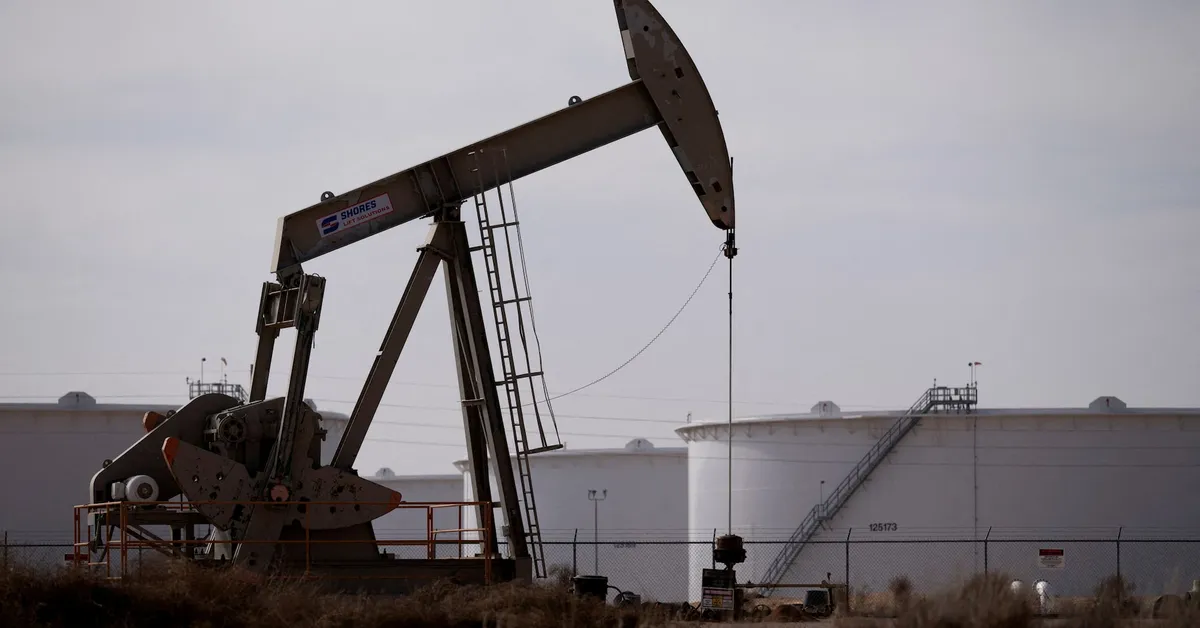
LONDON, Aug 15 (Reuters) - On Friday, oil prices experienced a decline as traders closely monitored the upcoming discussions between U.S. President Donald Trump and Russian leader Vladimir Putin. These talks are anticipated to potentially ease the sanctions currently imposed on Moscow due to the ongoing war in Ukraine.
As of 1105 GMT, Brent crude futures had decreased by 49 cents, or 0.7%, settling at $66.35 a barrel. Similarly, U.S. West Texas Intermediate (WTI) crude futures fell by 58 cents, or 0.9%, to reach $63.38. The market remains vigilant as the leaders meet in Alaska, where a ceasefire in Ukraine tops their agenda.
During the meeting, Trump expressed his belief that Russia is ready to conclude the conflict; however, he has also warned of potential secondary sanctions on nations purchasing oil from Moscow if progress is not made in the peace negotiations. The market’s focus is now on the possibility of a ceasefire, which could lead to increased Russian oil production, according to UBS commodities analyst Giovanni Staunovo.
“The question remains: will there be escalation or de-escalation?” Staunovo remarked, highlighting the uncertainty in the market. Over the course of the week, WTI is projected to decline by 0.7%, while Brent is expected to see a modest gain of 0.4%.
Adding to the downward pressure on oil prices is weaker economic data from China, which has raised concerns regarding fuel demand. Recent government statistics revealed that factory output growth in China fell to an eight-month low, while retail sales growth slowed to its most sluggish pace since December. This data has negatively impacted market sentiment, even as the country’s oil throughput demonstrated a year-on-year increase.
In July, throughput at Chinese refineries rose by 8.9% year on year; however, this figure was a decrease from June’s levels, which had been the highest since September 2023. Interestingly, China’s oil product exports also increased compared to the previous year, indicating a potential drop in domestic fuel demand.
Compounding these issues, forecasts of a growing oil market surplus have added to market concerns. Analysts from Bank of America stated on Thursday that they are expanding their projections for the oil market surplus, citing escalating supplies from the OPEC+ producer group, which includes the Organization of the Petroleum Exporting Countries (OPEC), Russia, and other allies. The analysts now estimate an average surplus of 890,000 barrels per day from July 2025 through June 2026.
This updated forecast follows recent predictions from the International Energy Agency, which indicated that the oil market appears bloated after recent increases in OPEC+ output. As the market navigates these complexities, traders will continue to keep a close eye on geopolitical developments and economic indicators that influence oil prices.
Reporting by Anna Hirtenstein, additional reporting by Laila Kearney and Colleen Howe, editing by Joe Bavier and David Goodman.